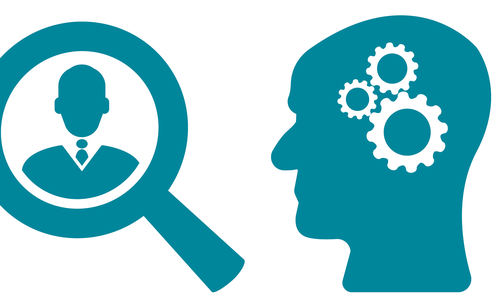
Strategy
A Board's Purpose
Many non-profits and organizations aren't clear about what role its board plays. Learn how to clarify the purpose of your board and find the right design for your organization.
By guest blogger Don Harkey
Oct 17 2017 at 11:19 a.m.

I have often said that organizations work the way they are designed to work ... whether or not you meant to design them that way. Non-profit organizations are no exceptions. In fact, many non-profits highlight this principle because they have a board of directors that play an important role in the organizational structure. The problem is that many non-profits aren't clear what role the board plays.
This problem becomes worse when you consider that your board is a natural source for turnover. When a new board member starts, if they aren't given any expectations on their role, they will make it up on their own. Some board members will passively attend board meetings and look to others on how to vote. Others will be more aggressive and ask a lot of questions that may or may not have anything to do with their role. Still others will aggressively find a way to insert themselves into your organization, whether you want them to or not.
You can try to clarify your board role by looking at what they do now, but for many organizations, the board role evolved over time instead of being designed. So we recommend having a high-level discussion about the best role your board can play. It is important for this discussion to recognize the role your board currently plays so that you have a realistic perspective of where you currently are.
Non-profit organizations have to execute in three different functional areas:
1) Operational
The day to day management of the resources of the organization (ex: human resources, finances, office management)
2) Programmatic
The execution of the "product" or cause of the non-profit (ex: a major program for the American Red Cross is disaster response)
3) Organizational
The strategic management of changes to the organization itself (ex: strategic planning, visioning, creating or changing roles)
In some non-profits, the board is involved in all three functional areas. These boards have their hands in everything and often are critical to the non-profit. The advantage of this structure is that your board members are extremely engaged and plugged in to what is happening. The disadvantage is that the board limits the capacity of the organization. Even highly engaged board members typically don't work full time and boards tend to make decisions by committee limiting the ability of the organization to move quickly and nimbly. In other non-profits, the board focuses on just one or two of above areas. But what area can a board most effectively work within?
The answer depends a lot on the current state of your organization and your board. For example, some non-profits depend in heavy board involvement for the simple fact that they lack resources to pay staff. This is not a terrible place to be, but these organizations should recognize that their structure may need to change as they grow and want to accelerate their programming.
Other organizations might have limitations placed on their board roles by a parent organization. The Red Cross, for example, recently consolidated much if it's decision making to central offices shifting local board responsibilities towards fundraising and connection to the community. This change was painful for some board members who signed up for an organizational role and found themselves more in an operational role, but the change was strategic and designed to help the overall organization.
The punch line in all of this is that there is a lot for non-profit leadership to consider when designing or changing their structure.
Here are some tips for clarifying the role of your board and finding the right design for your non-profit:
1) Understand what you have now
What role does your board really play? Do you do a good job of onboarding new board members to clarify this role? Is this structure the best for your organization today?
2) If you need to change, get some help
Is it time to change the role of your board? Change is difficult. Hire an experienced facilitator to help you. You should not start with the change itself, but rather with why the change is necessary. This is the trick to helping people let go of old paradigms and releasing control of their kingdoms.
3) Remember your mission
It is easy to get lost in organizational design, but if you keep going back to your mission and which structure best serves the mission, you will ultimately be successful.
4) It's okay to lose some people
Some people may not like the change and may need to move on (voluntarily or not). This is okay. Designing an organization around specific people or finding ways to work around a misaligned player is extremely unhealthy and limits your ability to execute on your mission.
In my experience, many non-profits are limited in their ability to execute their mission because of their organizational structure, which often starts with the board of directors. With some work, some vision, and a little help, non-profits can find ways to structure themselves the best way possible to leverage their board as a strength of the organization.
Don Harkey is the Chief Innovation Officer at People Centric Consulting Group. Learn all about him here, and what People Centric strives to accomplish here.












